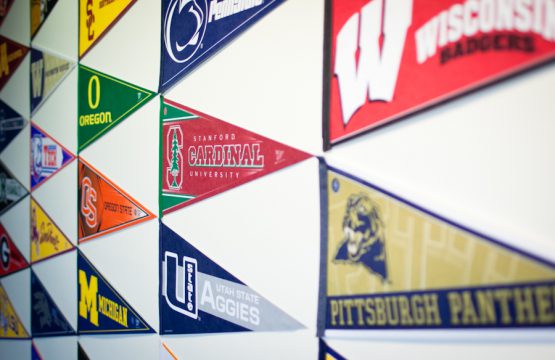Making the case for STEM
America is in a crisis. Science, technology, engineering and mathematics (STEM) are vital to American competitiveness, yet relatively few students obtain a STEM bachelor’s degree. Statistics on the state of education in the United States indicate a decreasing trend in domestic students choosing to major in and successfully complete degrees in STEM disciplines. [1]
The Tiger Woods Foundation seeks to inform young people, their parents and educators about the various STEM career opportunities that lay ahead in the 21st century workforce and global economy. Research suggests that these trends across all students are not due to performance or attitude attributes, but instead are closely linked to an early loss of interest in science, perceptions of poor teaching, selecting a STEM major with insufficient information about the career and feeling overwhelmed by the pace and load of the curriculum. [2] Students need to see themselves in these future careers and learn about the exciting job opportunities available to them in the STEM discipline majors.
Outreach initiatives through the Tiger Woods Learning Center focus on both career development and college awareness of our youth. The inclusion of educators, business, elected officials, community members and other community-based organizations in our outreach events provide youth with multiple options and avenues of support.
The big question is, will our science and high technology sectors have the talented STEM graduates prepared to compete and be leaders in tomorrow’s world? The Tiger Woods Learning Center remains committed to doing its part in providing not only exposure, but tangible ways for students to effectively learn how to cultivate their interest and build skills for their future, and ours. Our classes teach young people to design and build rockets, to develop code for their own video games and to express their views responsibly through digital media. Relevant, real time and critical for today’s learner and tomorrow’s future.
[1] Science and Engineering Indicators, National Science Board. Washington, DC: 2004 (http://www.nsf.gov/statistics/seind04/); 2006 (http://www.nsf.gov/statistics/seind06/).
[2] E. Seymour and N. Hewitt, Talking about Leaving: Why Undergraduates Leave the Sciences, Westview Press. Boulder, CO. 2000.


